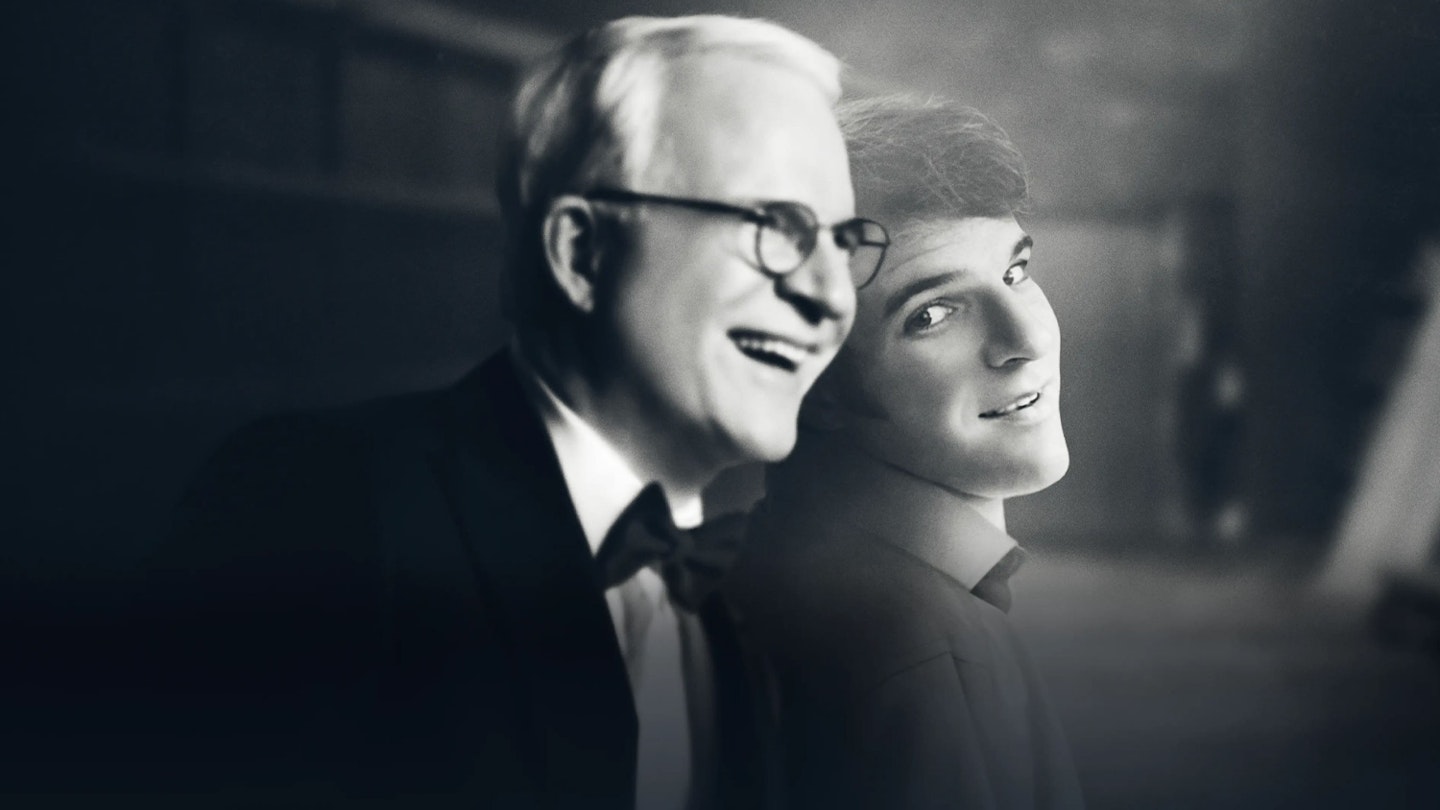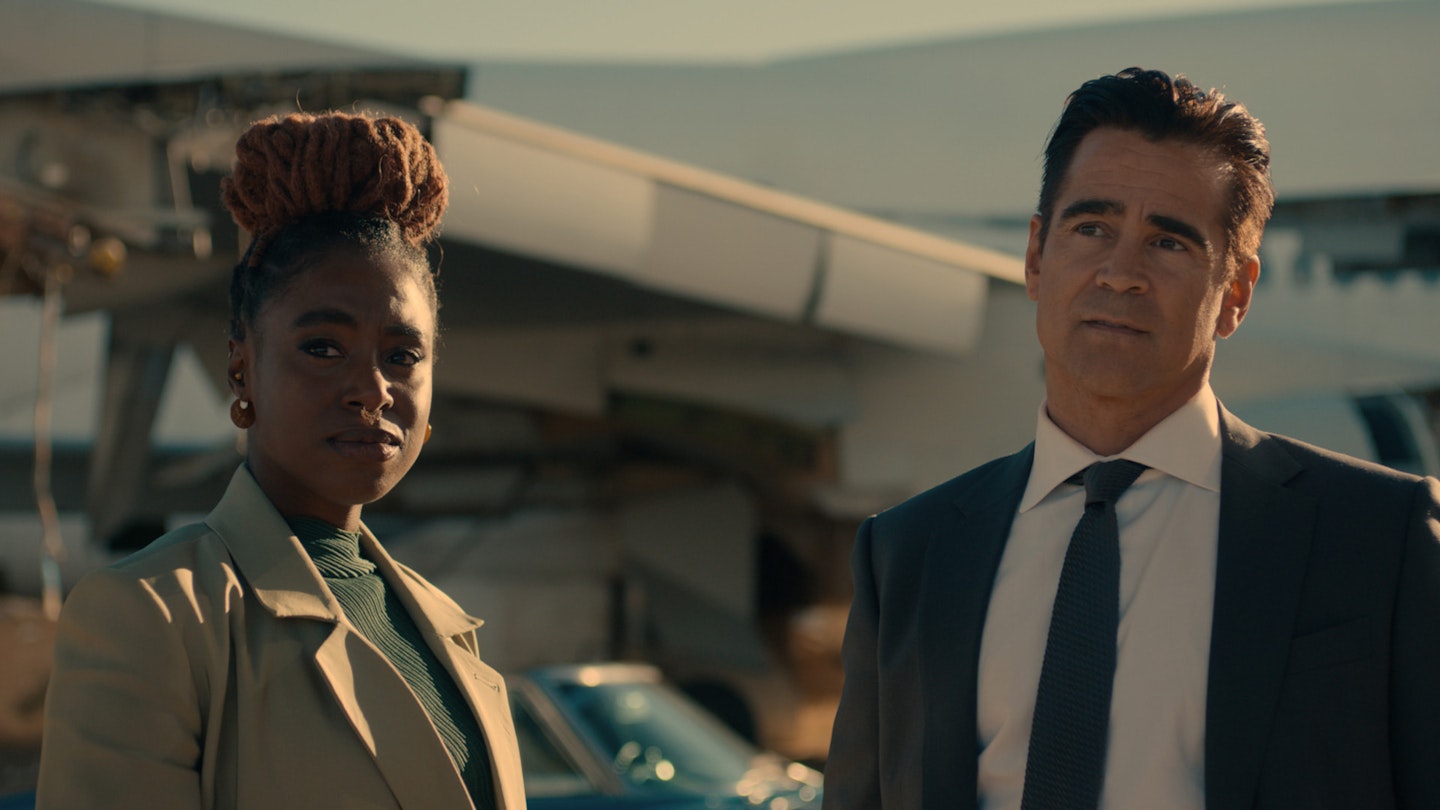“I have no talent. None.” Such a withering self-assessment might sound like fishing for praise from most multi-millionaire showbiz legends, but Steve Martin makes it charmingly self-effacing. He genuinely doesn’t get why he made it so big, so director Morgan Neville sets out to discover what was going on under that prop arrow that adorned Martin’s prematurely greying head in his stand-up heyday.

Part 1 gallops through Martin’s journey from Disneyland magic-shop grunt, through a gruelling 15-year slog around America’s comedy circuit, to Saturday Night Live, superstardom and a pivot to movies with 1979’s The Jerk. Told through archive footage, inventive animation and voiceover, it’s a wild and crazy ride that suggests a comedian ahead of his time, impatiently waiting for audiences to catch up.
The mismatched structure is odd, but works.
Part 2, though, is a surprise. Instead of picking up where Part 1 ended, we’re suddenly At Home With Steve Martin in 2021, where he hangs out with Martin Short, evaluates his difficult relationship with his father, and muses on what his art collection says about him — most of his pieces show isolated, solitary people and places. Martin looks back on his movies and family life (from Parenthood to parenthood, if you will), contemplating the successes and failures of each: his comment that, “When I married Victoria Tennant, I liked her a lot,” speaks volumes.
The mismatched structure is odd, but works. Neville had separate teams working on each part in isolation, resulting in tonally disparate films that still feel connected: the spiky energy of Part 1 gives way to a poignant, looser Part 2, mirroring the stages of Martin’s life. Watching his 30-year-old rubber limbs flail across the stage is hilarious, but seeing him tear up over John Candy’s Planes, Trains And Automobiles performance half a century later is unexpectedly touching.



